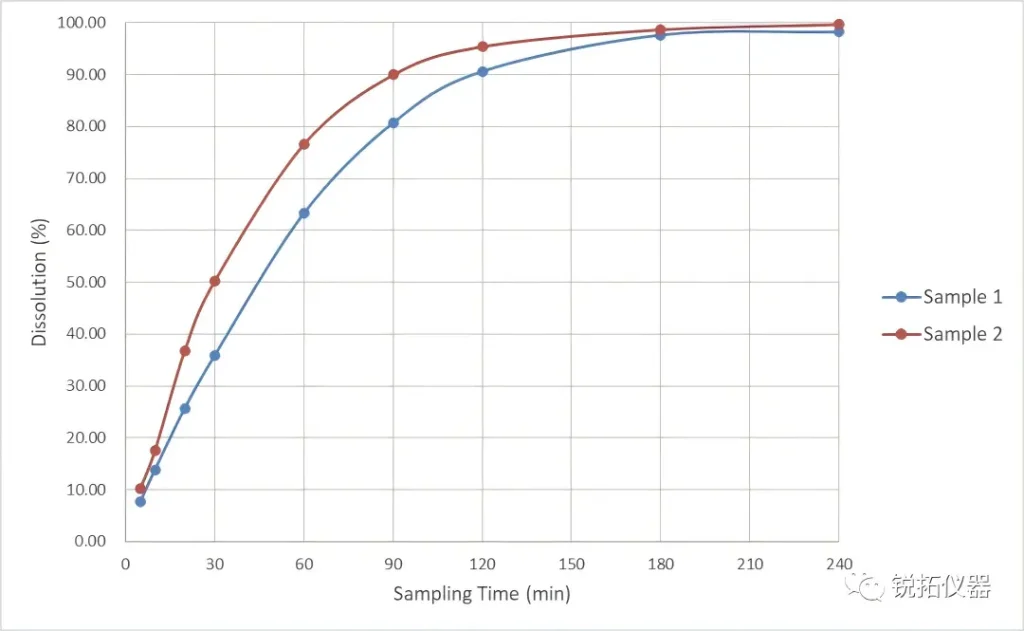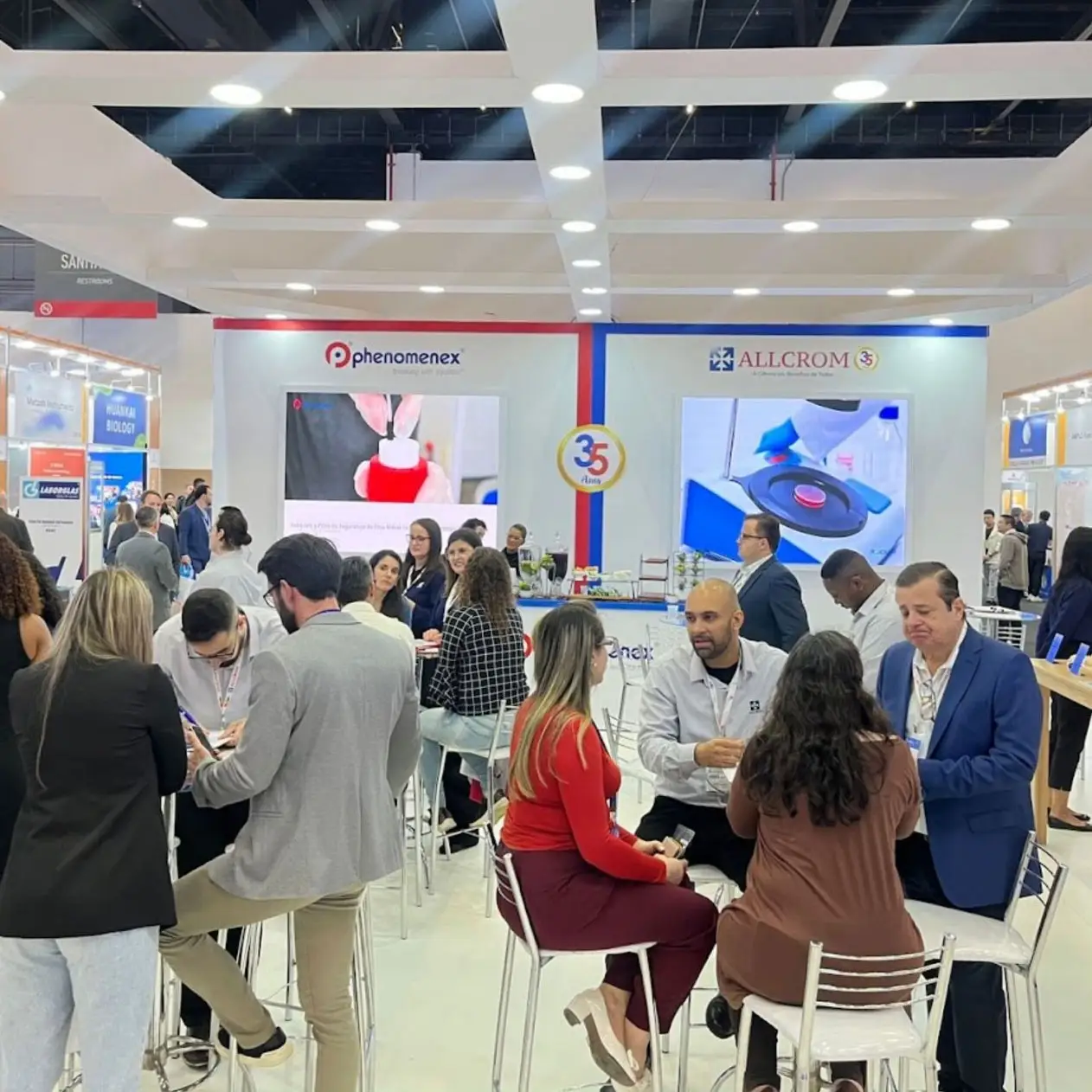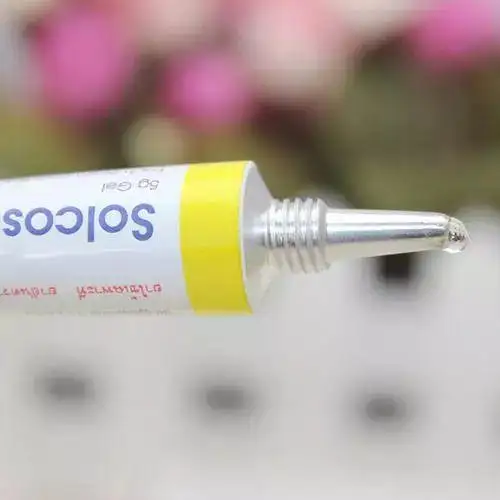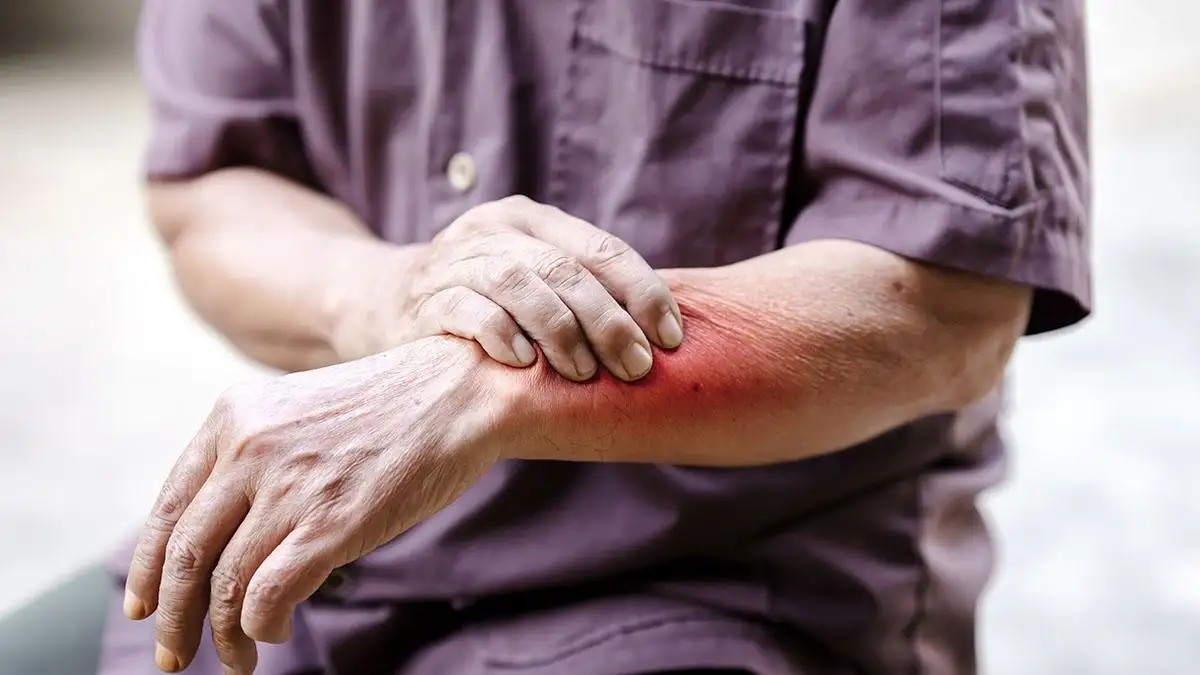Technical Tackle! How does the Raytor RT7 Flow-through cell method determine ophthalmic gel release "as seen"?
2025-10-09
Eye drops are commonly used in ophthalmology, but most of the drug is lost before it takes effect, and bioavailability is often less than 5%!
To solve this problem, in situ gels were developed - they are liquid in the bottle and are rapidly converted into a non-chemically crosslinked semi-solid gel when dropped into the eye to achieve a slow-release, long-lasting effect and improved bioavailability.
Specialty dosage forms with many testing challenges!
This "magical" phase transition poses a great challenge for in vitro release studies:
How to sample? How to ensure that the liquid sample is completely transformed into a gel?
How to simulate it? How to create a smoother, more human-like environment that truly reflects the slow release of a drug?
Traditional dissolution methods are difficult to cope with this liquid-solid transition and slow release characteristics.
Breaking the ice: Raytor RT7 Flow-Through Cell Dissolution System
Thanks to the unique advantages of Flow-through cell method (USP Apparatus 4), Raytor RT7 Flow-Through Cell Dissolution System is ideal for studying the in vitro release of ophthalmic gels.
We have successfully established an in vitro release assay for ophthalmic gels utilizing a 22.6mm I.D. compendial standard flow cell.
Case Sharing: Effortlessly distinguish differences in prescription processes

We tested two different manufacturing process batches (Sample 1 and Sample 2) of an ophthalmic gel.
Consistent and reliable results
The relative standard deviations of the final dissolution rates of the two batches are only 0.66% and 0.88% respectively, which is extremely reproducible!
Strong differentiation ability: The test results clearly show that the release rate of Sample 2 is significantly faster than that of Sample 1.
This proves that the Raytor RT7 Flow-Through Cell Dissolution System not only stabilizes the release process of ophthalmic gels, but also effectively distinguishes the subtle differences between batches of different production processes, providing a reliable basis for quality control and process improvement!
Flow-through cell method allows us to get rid of the constraints of traditional methods and bring the in vitro release determination of special dosage forms closer to the expectations of drug developers!



